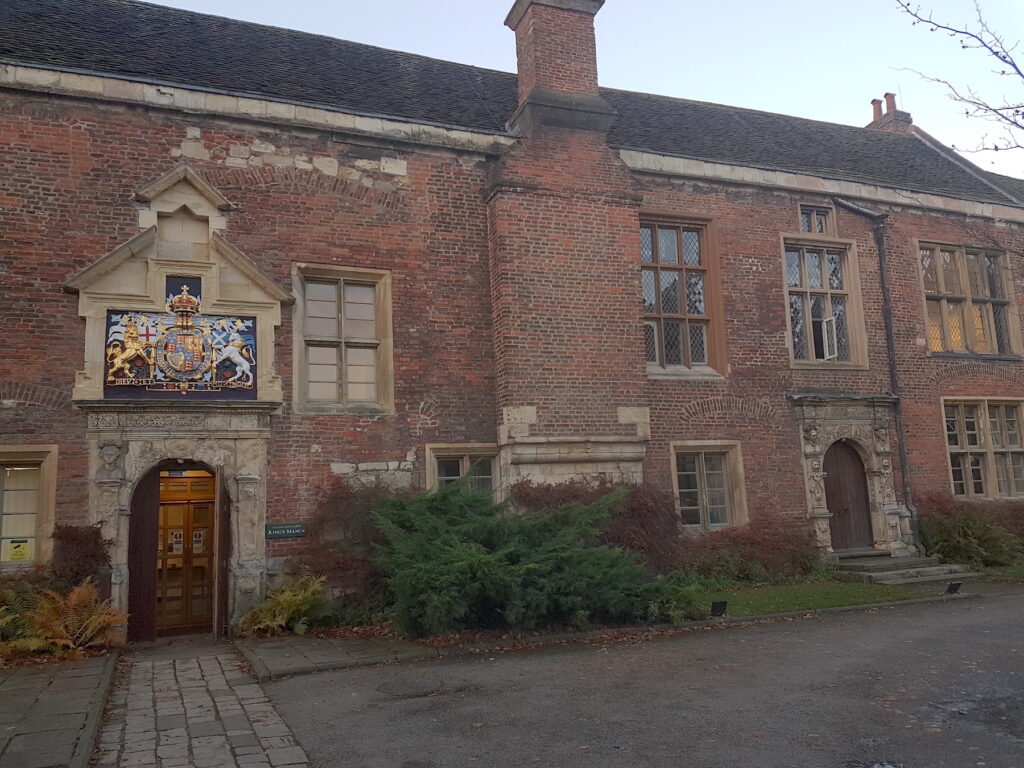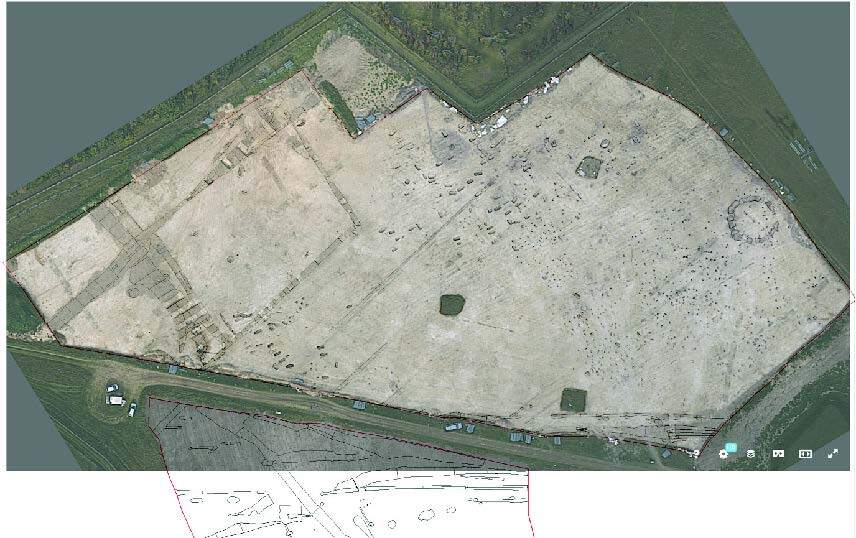This term ADS are pleased to welcome Fabrizio Galeazzi, a new Marie Curie post doctoral fellow, who will be working with us and the Centre for Digital Heritage.
Fabrizio comes to York having received a BA and MA in Archaeology at the University of Rome “La Sapienza”, specializing in Late Antiquity and Medieval Archaeology, and completing a Ph.D. in World Cultures/Heritage at the University of California, Merced. Fabrizio’s doctoral research investigated the potential use of 3D technologies for the analysis and interpretation of archaeological and heritage sites and how 3D documentation technologies, such as laser scanning and dense stereo matching techniques, are changing archaeological excavation practices.
Fabrizio’s experience in the field of technologies applied to archaeology and heritage started in 2004 in one of the pioneering labs in the discipline, the Virtual Heritage Lab, ITABC, CNR (National Research Council). The expertise acquired in the field of digital archaeology and heritage in the last ten years, has allowed Fabrizio to collaborate with various research groups in different parts of the world. Working on different research projects aimed at the 3D documentation, reconstruction and communication of archaeological sites and contexts in Europe (The Virtual Museum of the Ancient Flaminia; 3D Digging at Çatalhöyük), China (The Virtual Museum of the Western Han Dynasty; Pure Land: Inside the Magao Grottoes at Dunhuang) and United States (3D Documentation in Archaeology: Recording Las Cuevas Site, Chiquibul Reserve, Belize; Copan: Digital Documentation and Reconstruction of an Ancient Maya Temple and Prototype of Internet GIS Database of Maya Architecture).
Fabrizio’s current research focuses primarily on the definition of best practices in 3D archaeology, particularly the creation of a shareable methodology for the integration of different 3D technologies for the documentation, reconstruction and visualization of tangible heritage. Fabrizio’s exciting new Marie Curie project, ADS 3D Viewer: a 3D Real-Time System for the Management and Analysis of Archaeological Data, aims to develop a 3D real-time visualization system that will give ADS users the ability to access archaeological data to ground-truth interpretations. Everyone at the ADS are really excited about the possibilities this new research will open up for our users and look forward with anticipation to see how Fabrizio’s redevelops.






